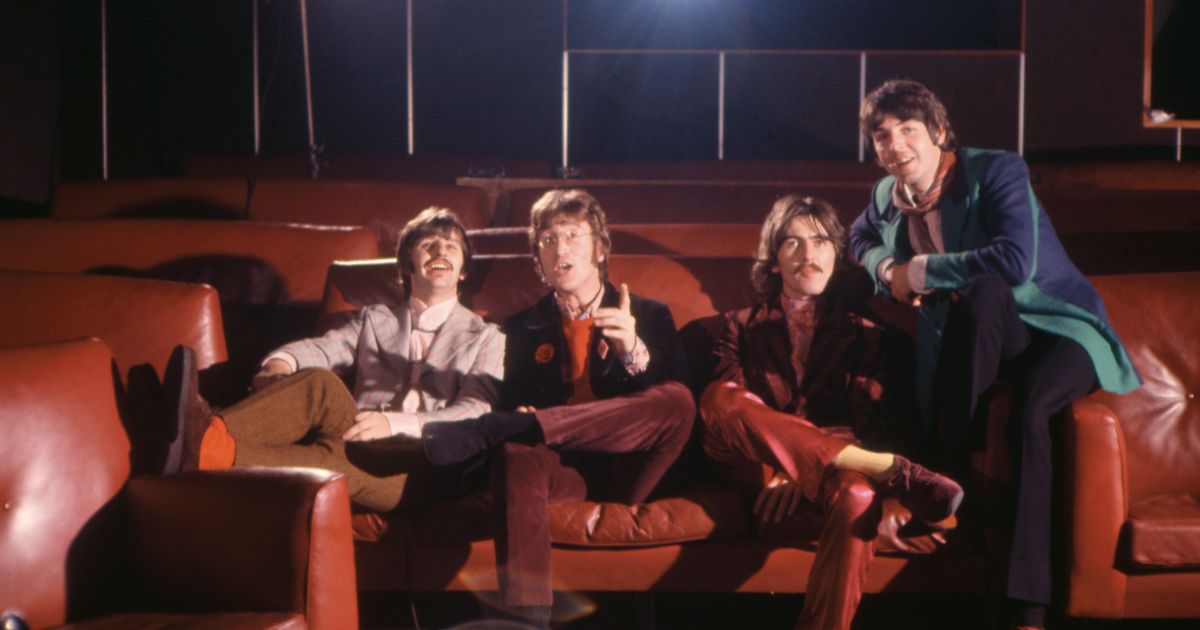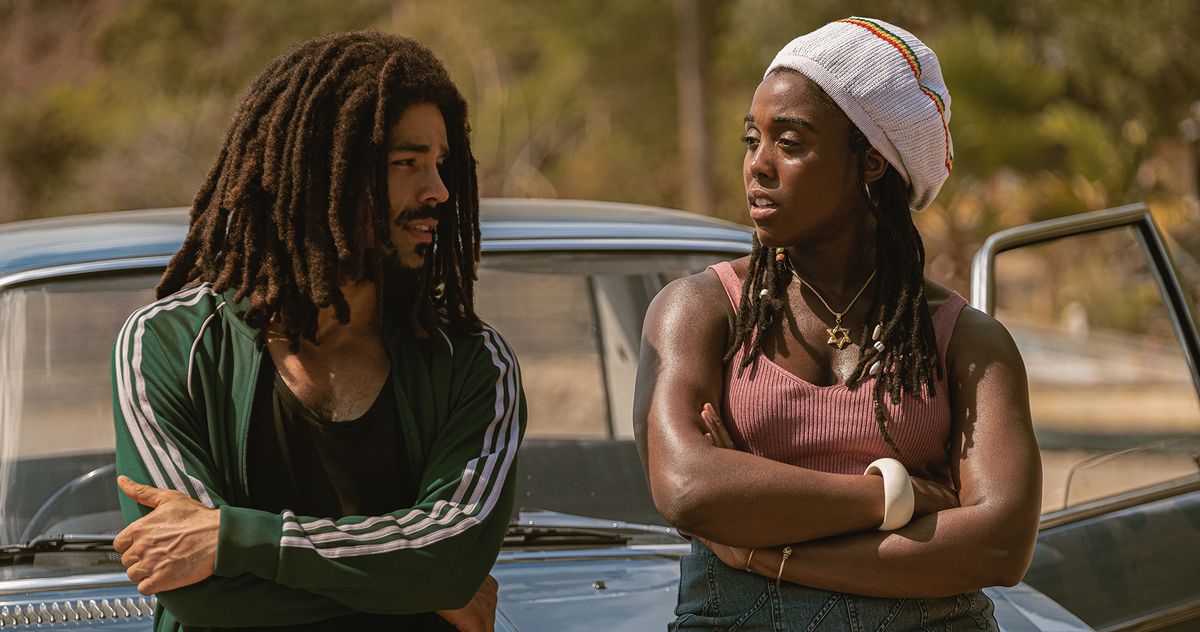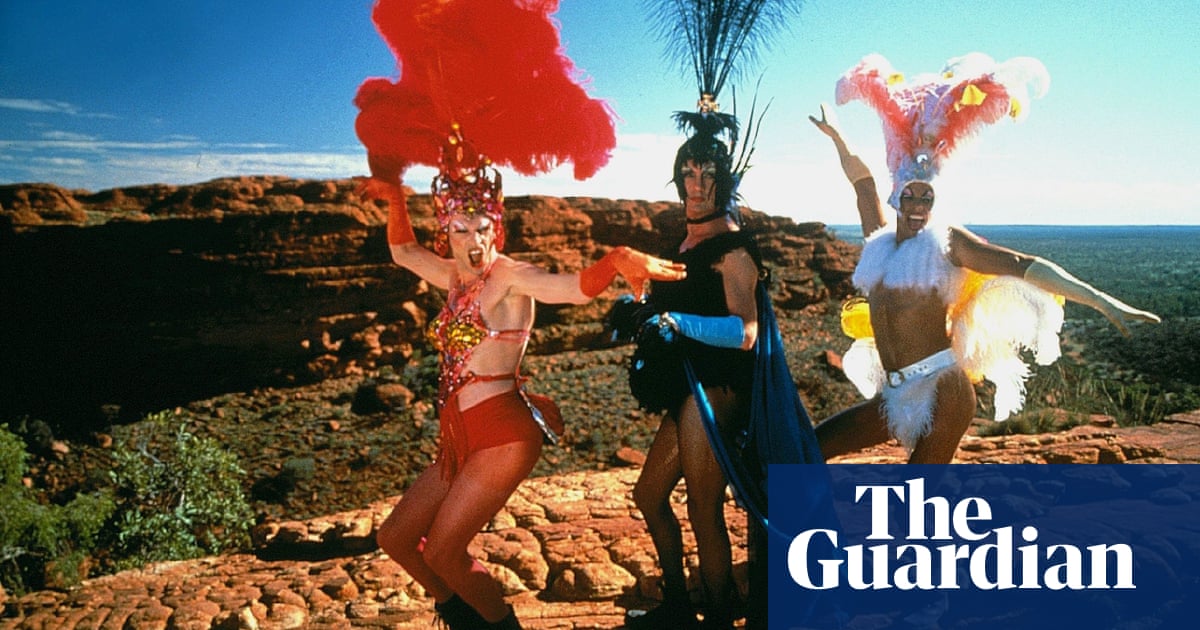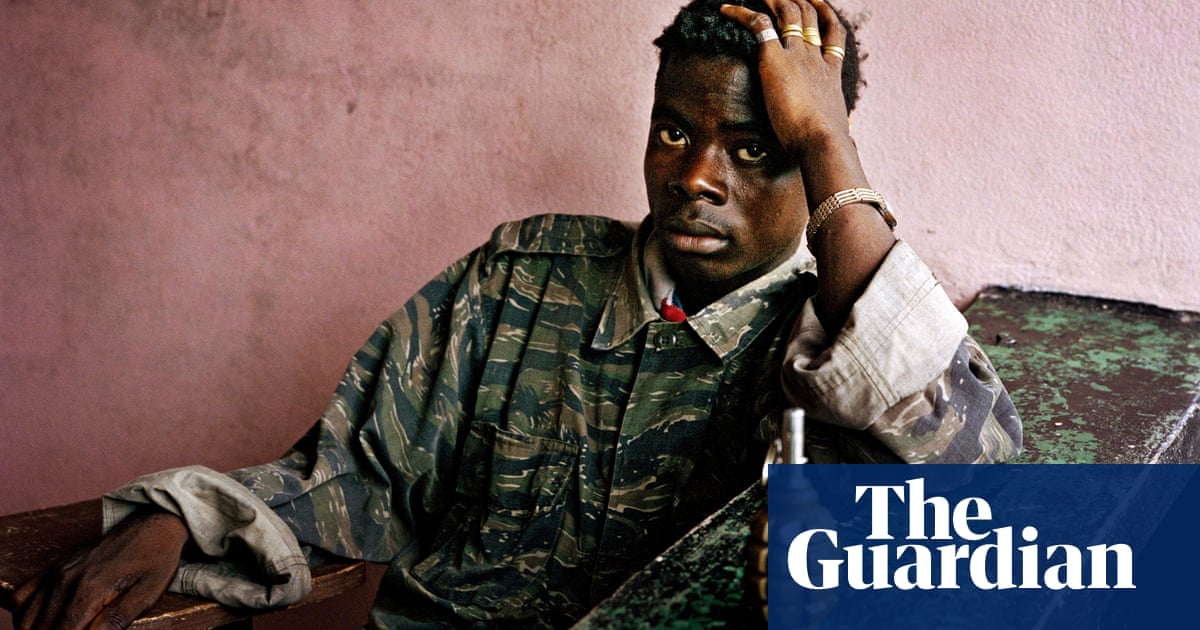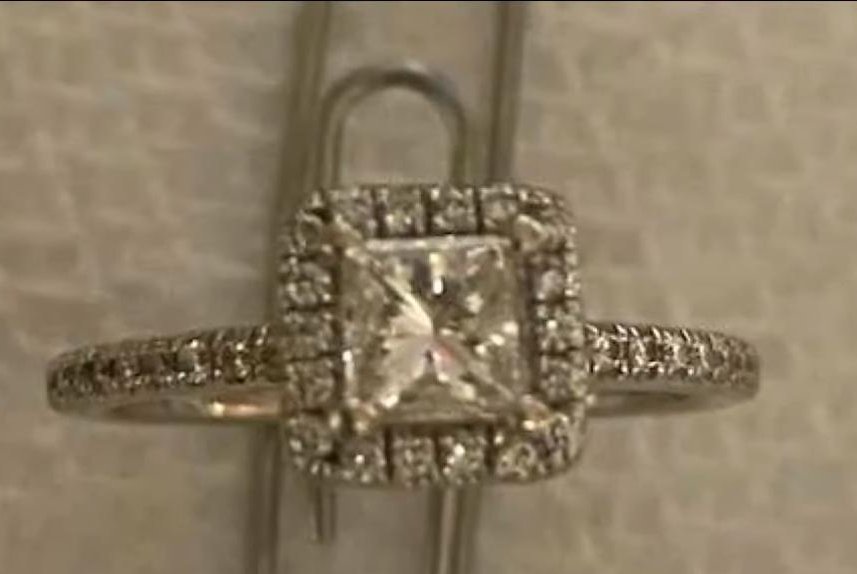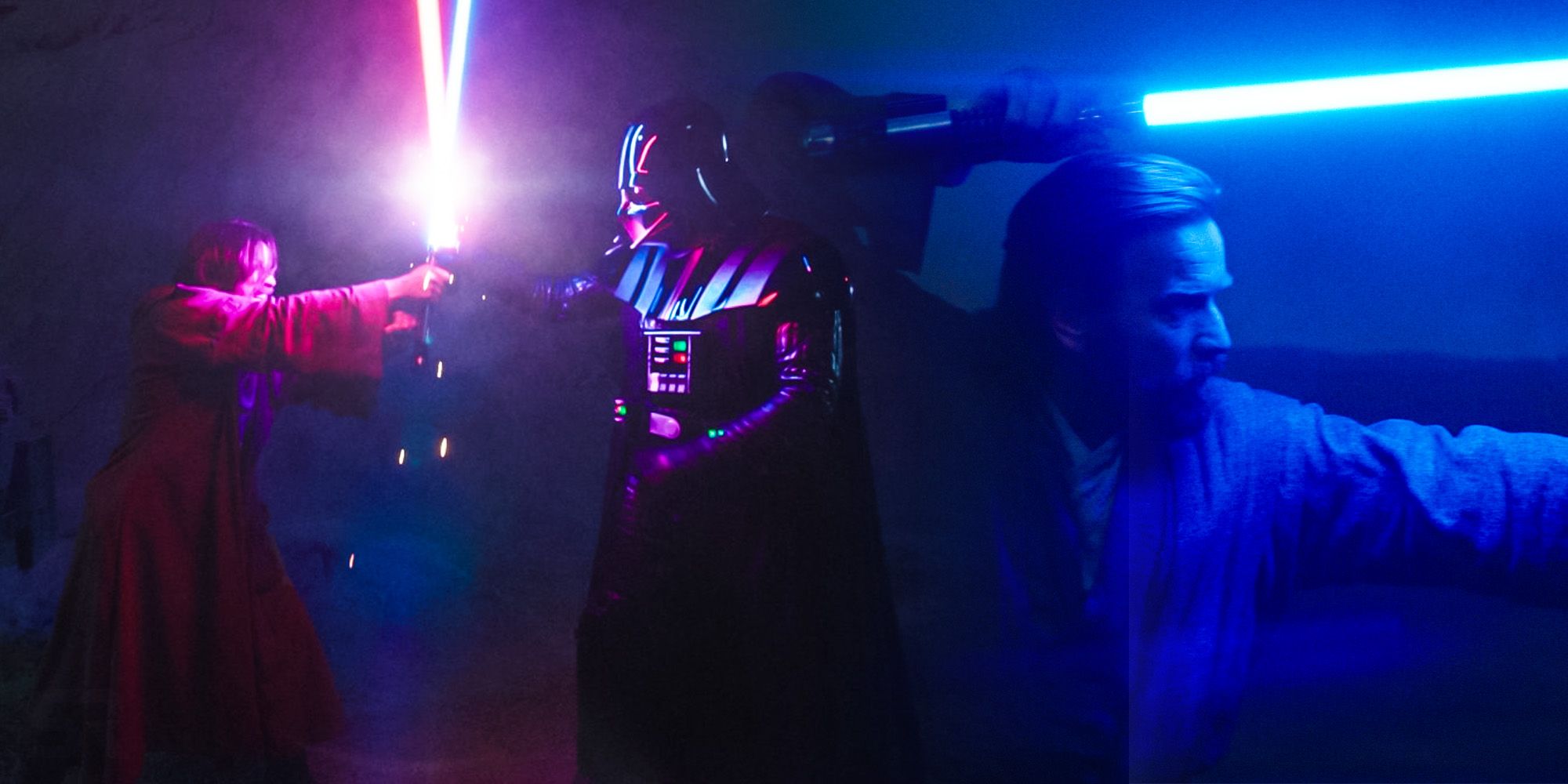
Obi-Wan Kenobi’s Bad Lightsaber Battles Were Secretly Perfect
Warning: Contains potential SPOILERS for Obi-Wan Kenobi
One of the more questionable aspects of Obi-Wan Kenobi is the show’s dodgy fight choreography, but while some sequences might have seemed slightly underwhelming, there are actually several reasons why the series’ approach was perfect. The show focused on an older Obi-Wan recovering from the tumultuous aftermath of Revenge of the Sith and Order 66, following him on his vigil on Tatooine. However, as the narrative developed, Obi-Wan found himself forced to return to the front lines of the conflict against the burgeoning Empire, once again coming face-to-face with his nemesis and former padawan, Darth Vader. As a result, lightsaber battles formed a central part of the Obi-Wan Kenobi story.
The first major use of lightsabers came early in the series when the Inquisitors used them as an interrogation tool against would-be Jedi-helpers. However, it wasn’t until “Part III” that viewers got their first glimpse of fully-fledged lightsaber combat. Obi-Wan went head-to-head against Vader, losing badly thanks to his weakened connection to the Force. Lightsaber combat featured more prominently throughout the rest of the series, including a flashback sequence to a younger Anakin and Kenobi, culminating in the series’ climactic duel in the final episode.
While Obi-Wan Kenobi‘s lightsaber battles included some classic moments, especially in “Part VI”‘s final conflict, the show failed to match some of the spectacular intensity of earlier cinematic fight scenes. Compared to The Phantom Menace‘s Duel of the Fates, or Revenge of the Sith‘s Battle of the Heroes, Obi-Wan Kenobi‘s combat seemed incredibly tame, even limited, with significantly less CGI and slower sword-play. However, while this may have seemed underwhelming, this approach actually made perfect sense for the series. Not only did it subtly point towards the way in which Obi-Wan and Anakin changed over the course of the Star Wars saga as a whole, but it also provided the perfect bridge between the prequels and later Star Wars stories.

Given where both Obi-Wan and Vader are, both physically and psychologically, at the start of the series, their reduced fighting capabilities make perfect sense. For Obi-Wan, the series sees him disillusioned and disconnected from the Force, mentally broken by the trauma of The Republic’s collapse. For the first few episodes, he’s barely able to pick up a lightsaber, let alone do battle. Likewise, Vader is still relatively early in his journey towards becoming a fully-fledged Sith Lord. Although he’s a formidable dark side user, he’s not as well-versed as the version seen in Rogue One or A New Hope. Coupled with his debilitating cybernetic upgrades, it makes perfect sense for him to be less capable than the Anakin of Episode III. As a result, the two versions of the characters that clash in Obi-Wan Kenobi are shadows of their former selves – ably reflected in their fighting.
Narratively, the less athletic, clumsy combat seen in Obi-Wan Kenobi also helps to perfectly tie together two eras of Star Wars stories. Post-prequel-release, the original lightsaber duel between Obi-Wan and Darth Vader on the Death Star seems almost laughably tame. Instead of the spectacular fencing seen in other entries, the A New Hope battle looks like two pensioners gently prodding each other. However, following the events of Obi-Wan Kenobi, this tentative approach actually makes perfect sense. Not only does it make the style of combat seem less incongruous, but it explains why Vader is so hesitant. Having had his helmet split in two by his old master, it follows that the more seasoned Sith would exercise caution.
While most Star Wars viewers agree that the original trilogy is the high-water mark of series’ story-telling, reconciling the three movies’ relatively ropey lightsaber battles has always been difficult. In many ways, this is the best thing about Obi-Wan Kenobi‘s own sequences. Not only do they add greater depth to the two characters, but they also help explain the regression between the prequel and original trilogy-era lightsaber dueling. Some viewers may have wished for more of the backflipping and Force-jumping that defined earlier fights. As it is, however, Obi-Wan Kenobi‘s lightsaber fight scenes couldn’t have been more perfect, given their wider context.

